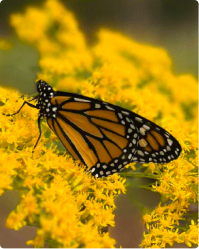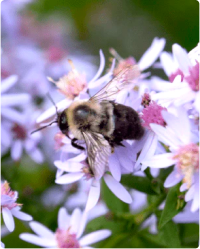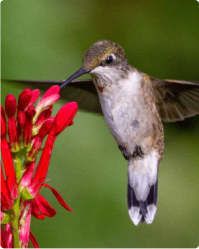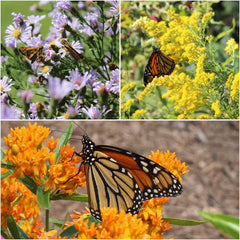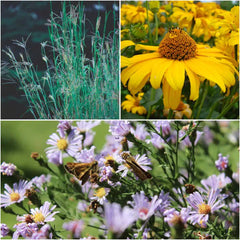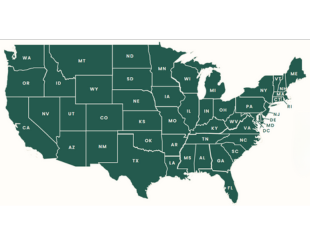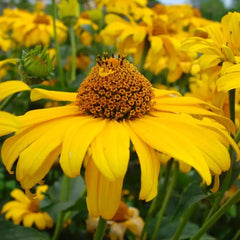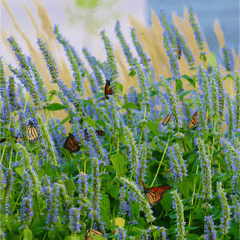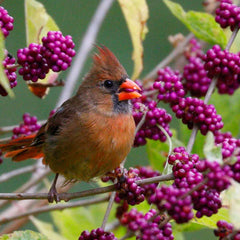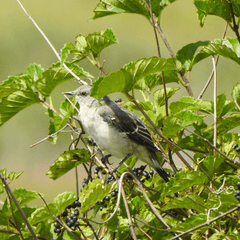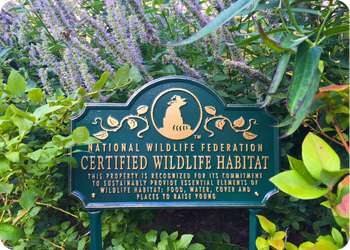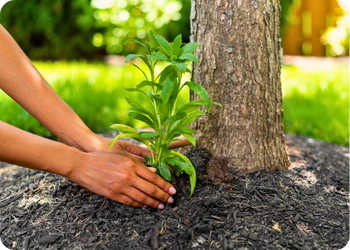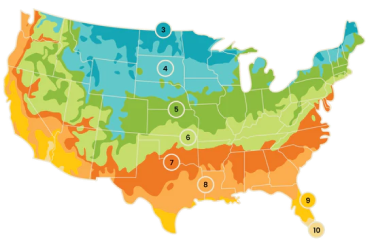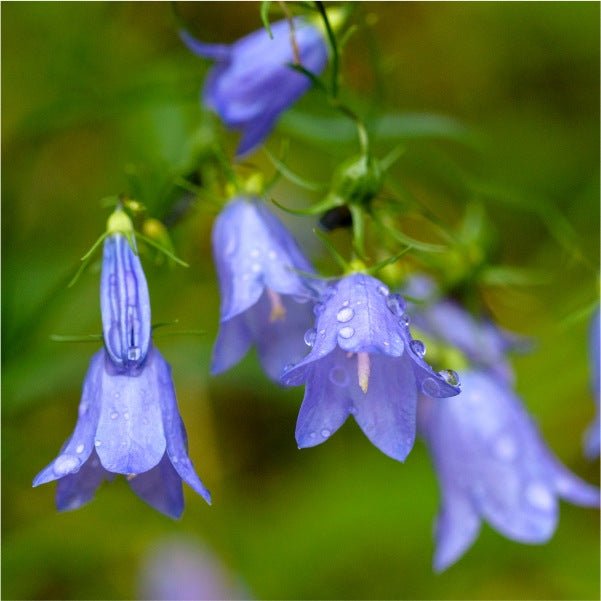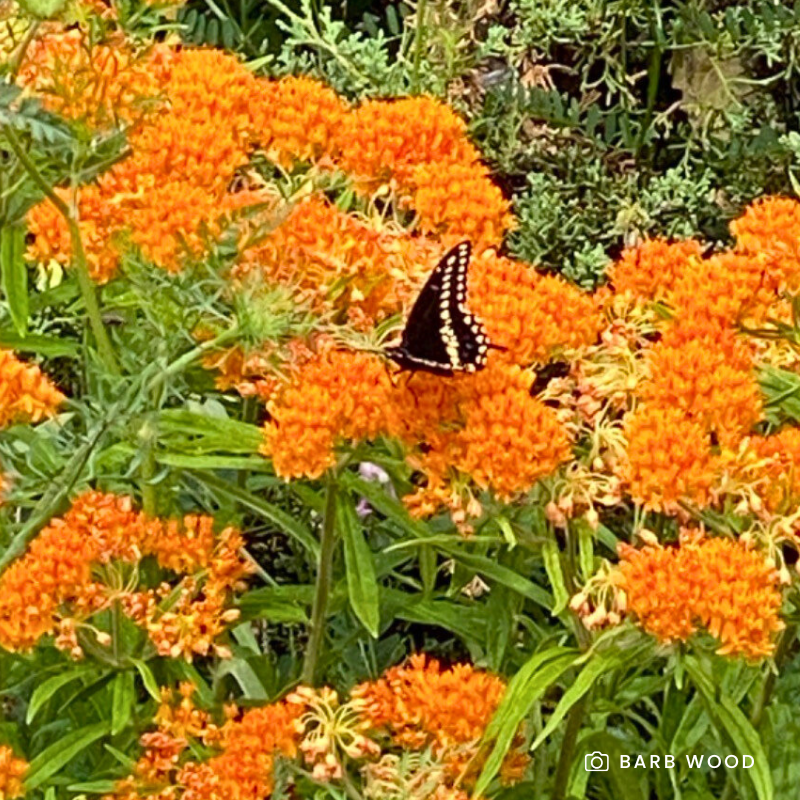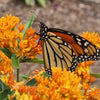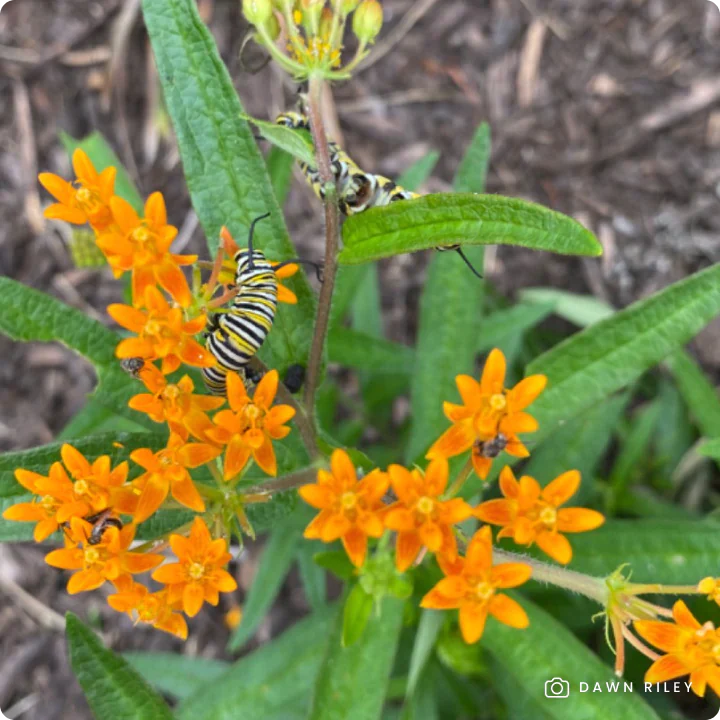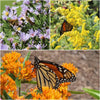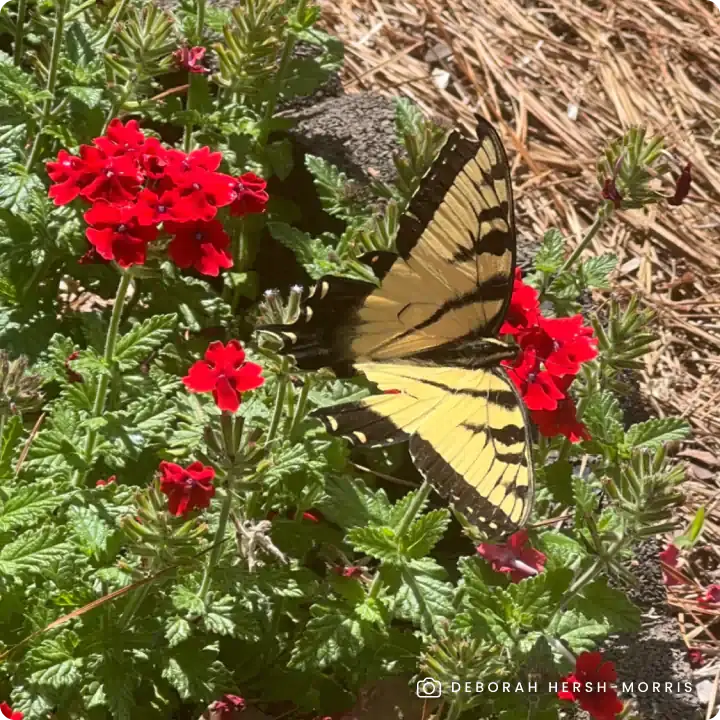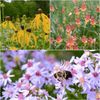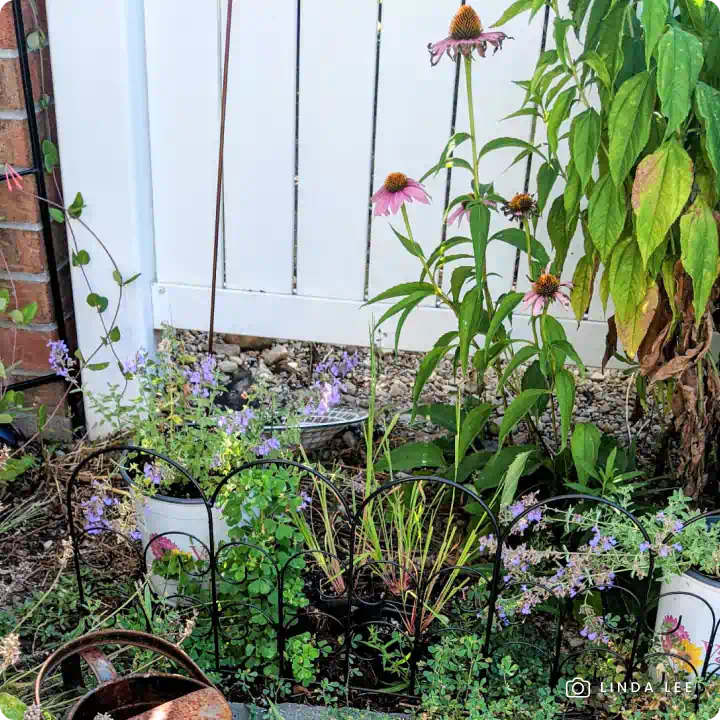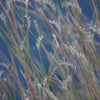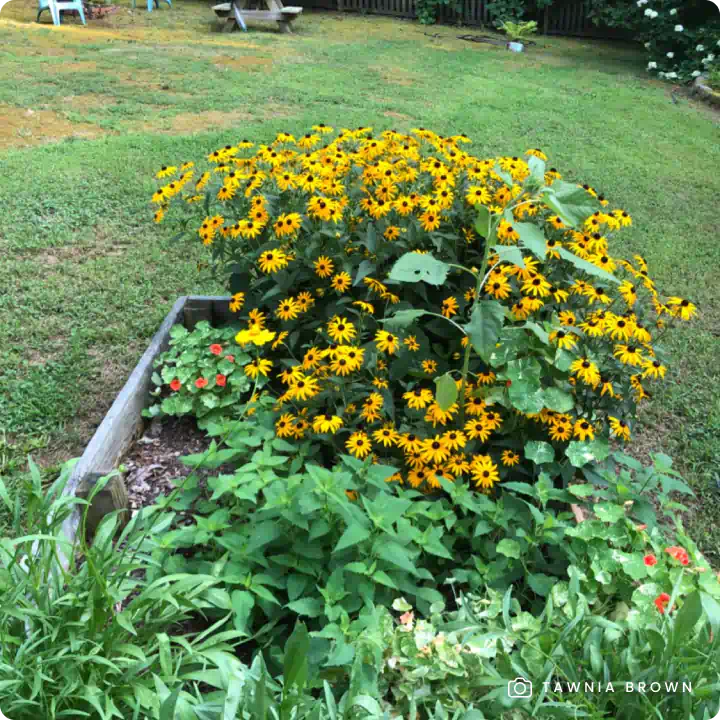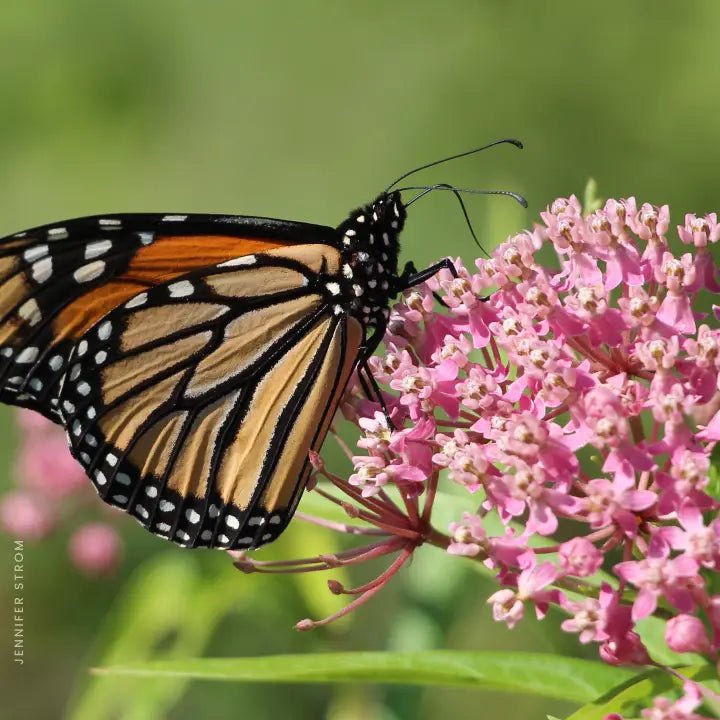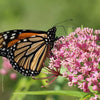Create a vibrant, nectar-rich haven for hummingbirds with the Western Hummingbird Waystation collection—a carefully selected trio of native perennials designed to attract and sustain hummingbirds throughout the season. These hardy, drought-tolerant plants provide long-lasting blooms, essential nectar, and seasonal color while also supporting butterflies, bees, and other pollinators.
What’s Included?
- Roundleaf Alumroot (Heuchera cylindrica): A low-growing perennial with evergreen, scalloped foliage and tall spikes of creamy-white flowers that hummingbirds and bees love.
- Harebell (Campanula rotundifolia): Delicate, bell-shaped blue-violet flowers bloom from spring through summer, offering a continuous nectar supply for hummingbirds and butterflies.
- Littleflower Penstemon (Penstemon procerus): A low-growing, mat-forming perennial with vibrant purple to blue flowers with white throats that attract butterflies, bees, and hummingbirds.
Why Choose the Western Hummingbird Waystation Collection?
- Designed for Hummingbirds: Offers nectar-rich blooms from spring through summer to fuel migrating and nesting hummingbirds.
- Supports Pollinators: Attracts butterflies, native bees, and other beneficial insects.
- Drought-Tolerant & Resilient: Thrives in dry, rocky, or well-drained soils with minimal watering once established.
- Seasonal Beauty & Structure: Provides groundcover, vertical accents, and long-lasting flowers for a dynamic, layered garden.
- Deer Resistant: Naturally unappealing to deer, ensuring lasting blooms.
- Pollinator-Safe: Grown non-GMO and free of harmful neonicotinoids, promoting a healthy ecosystem for pollinators and wildlife.
Available in collections of nine, 18, or 27 plants to create a hummingbird-friendly oasis in your garden.
Planting Tips:
- Location: Plant in a wind-sheltered area where hummingbirds can hover easily. Group plants together to create a hummingbird-friendly corridor.
- Watering: Water regularly during the first growing season to establish roots. Once established, these plants require less water.
- Maintenance: Minimal care required. There's no need to deadhead the flowers, as allowing them to go to seed provides a valuable food source for birds. Leaving the stems standing in the fall offers overwintering sites for beneficial insects. If desired, cut back the stems in late spring after pollinators have emerged.
For more information on planting, view our How to Plant Your Native Plants guide and other planting tips in the Garden for Wildlife Learning Center.
Plant the Western Hummingbird Waystation Collection and transform your outdoor space into a pollinator-rich sanctuary, where hummingbirds, butterflies, and native bees can thrive!
